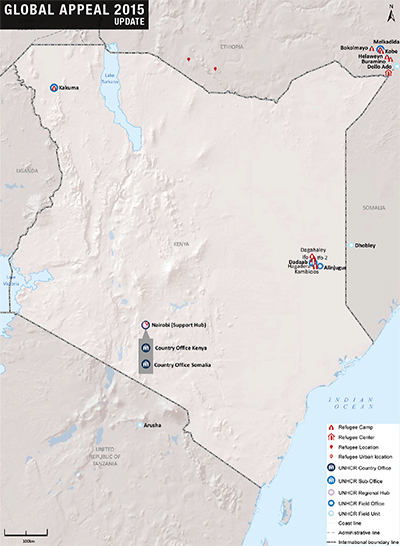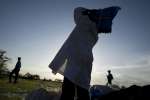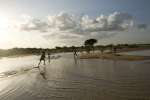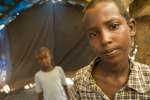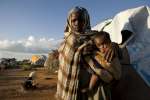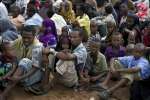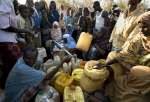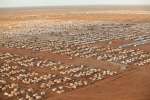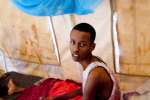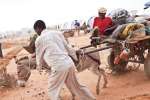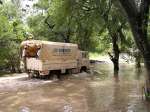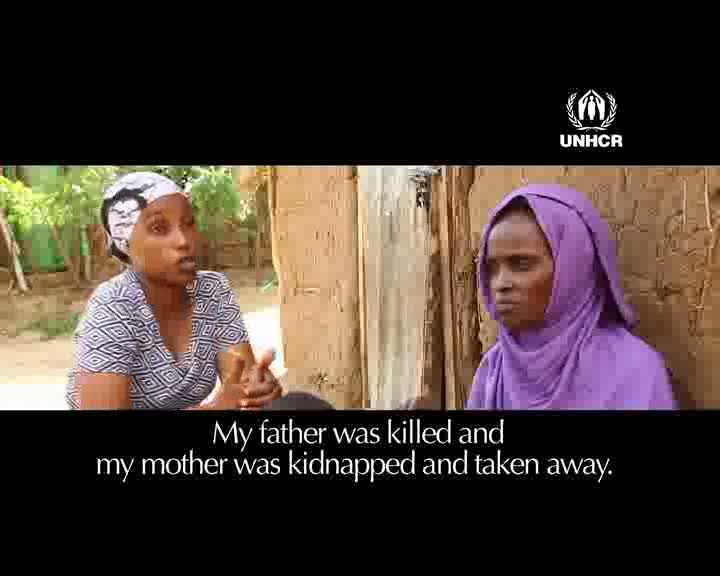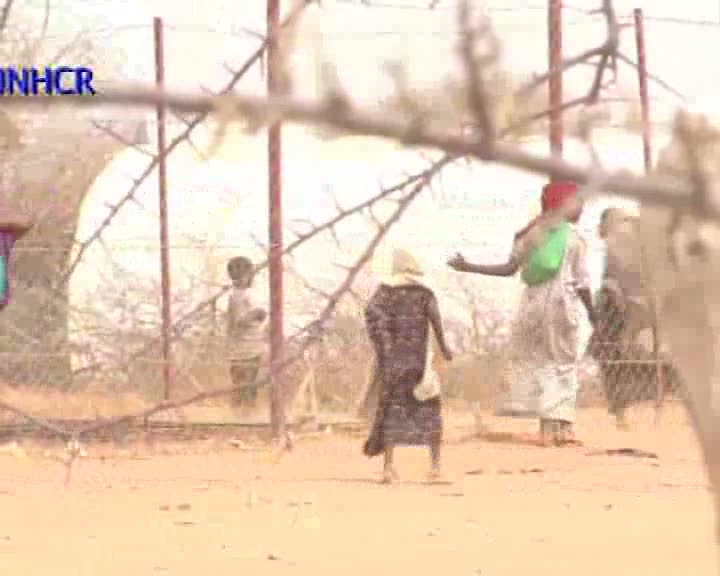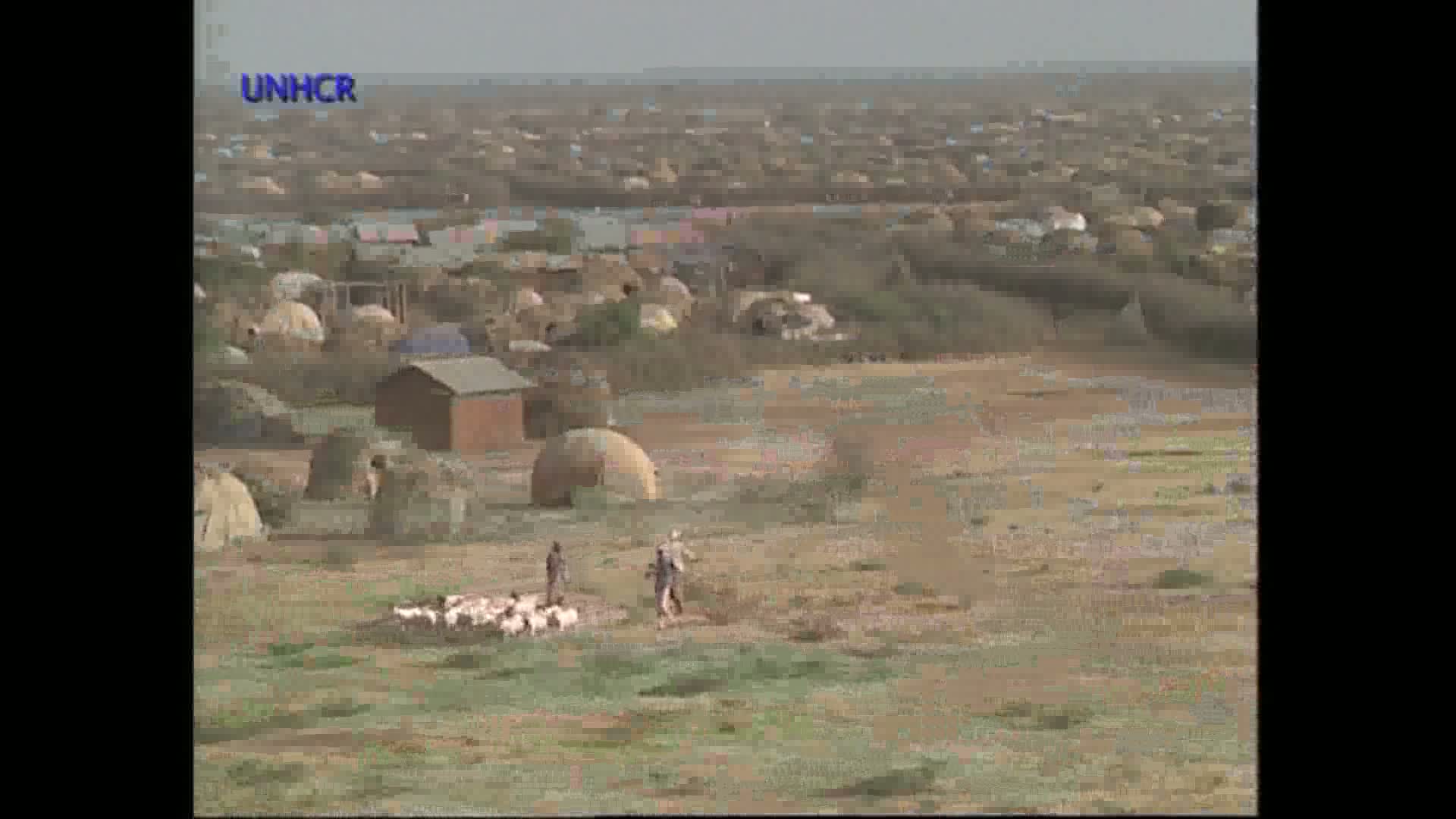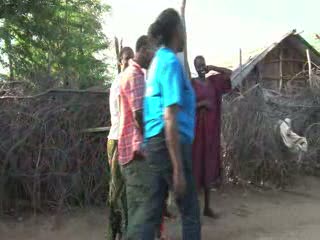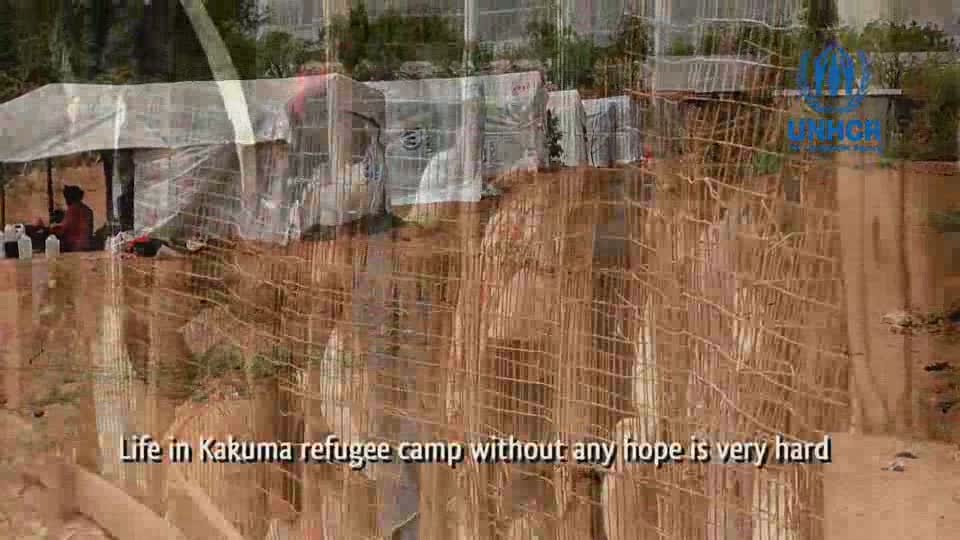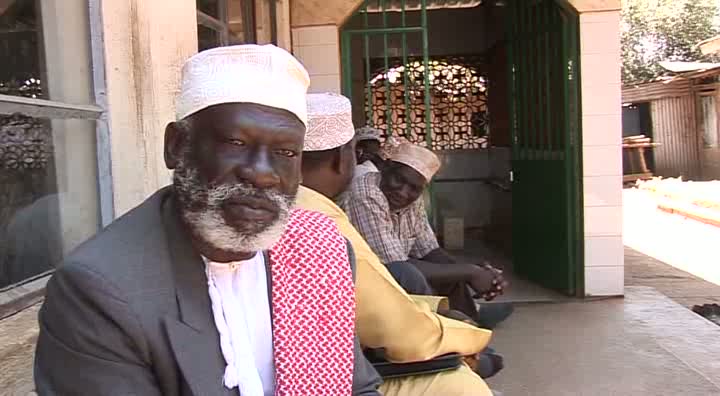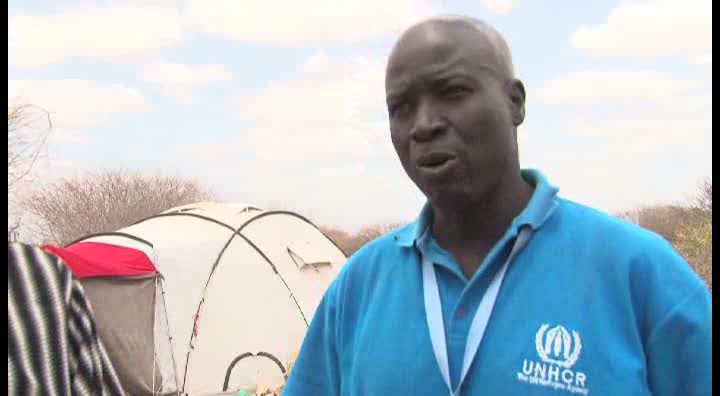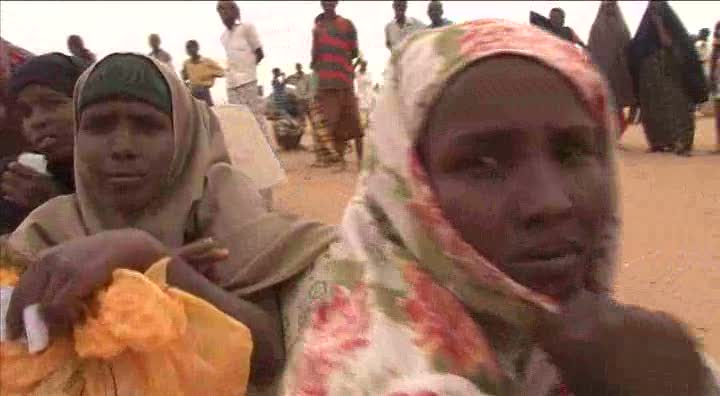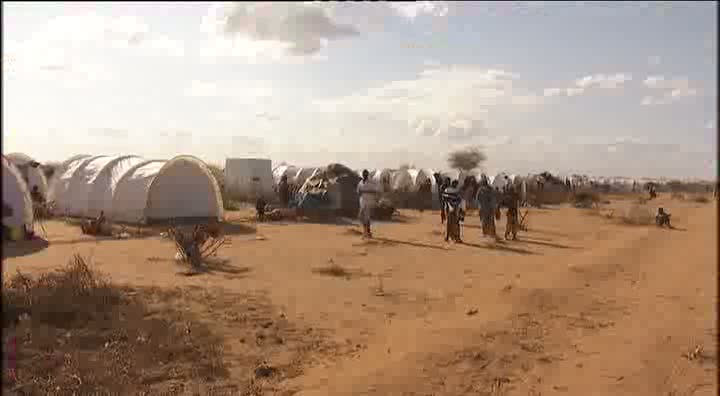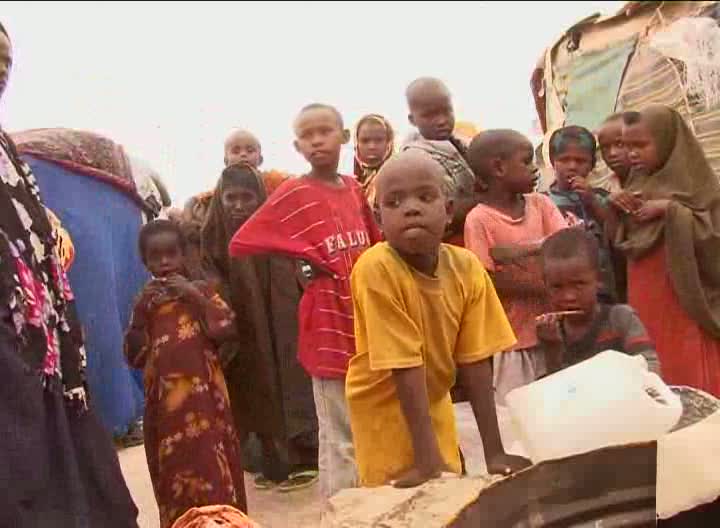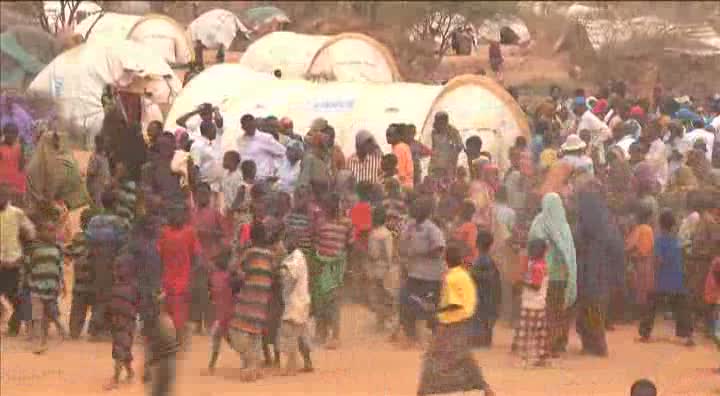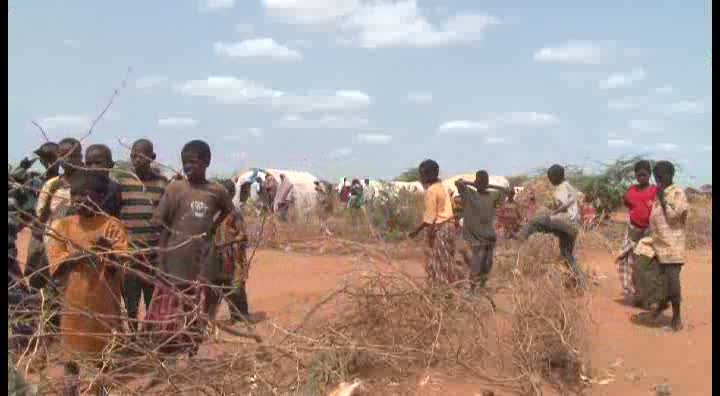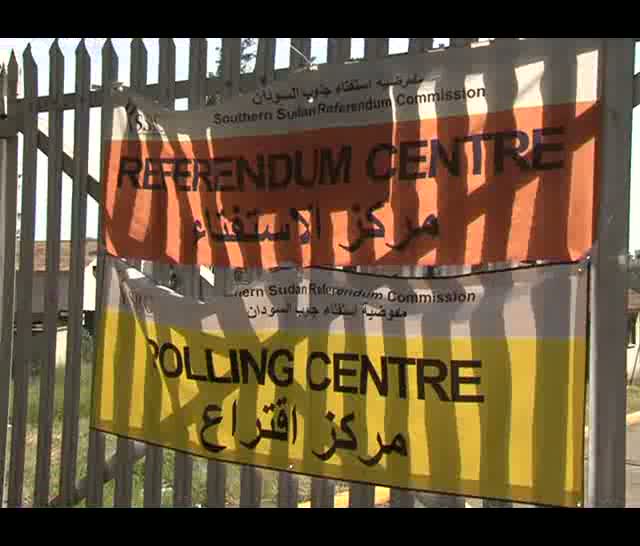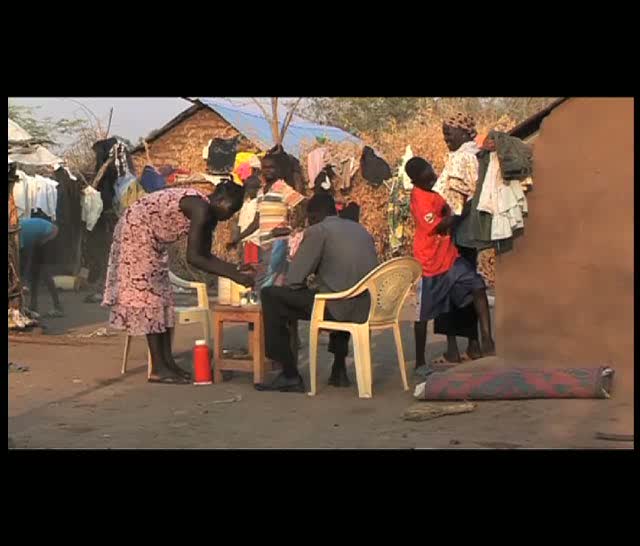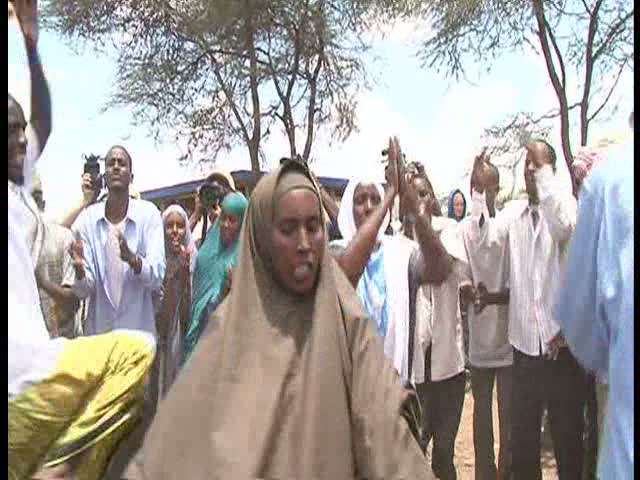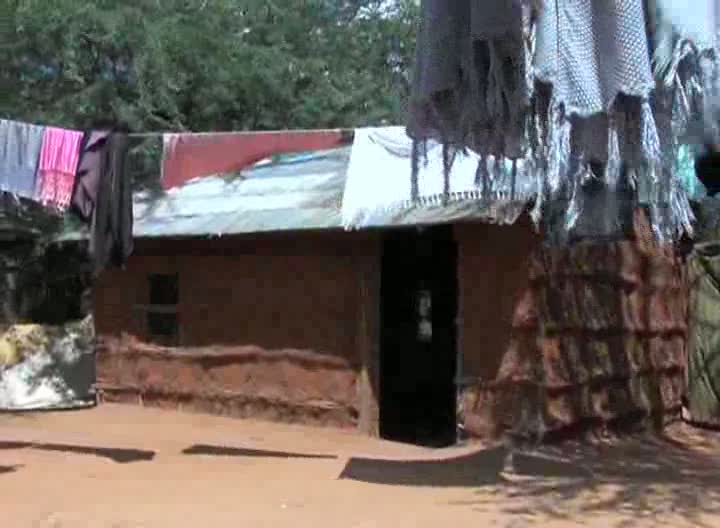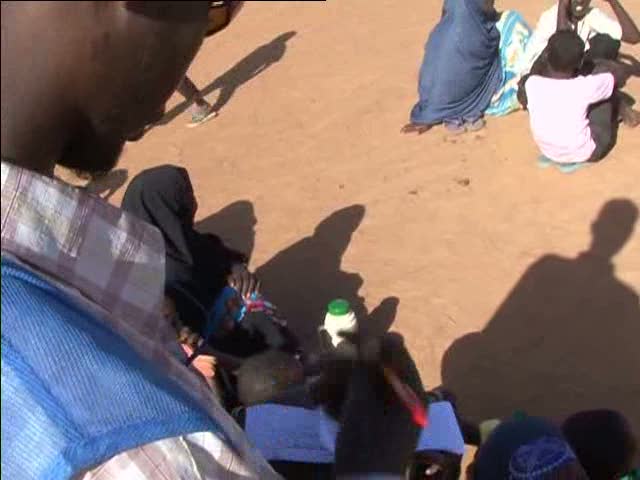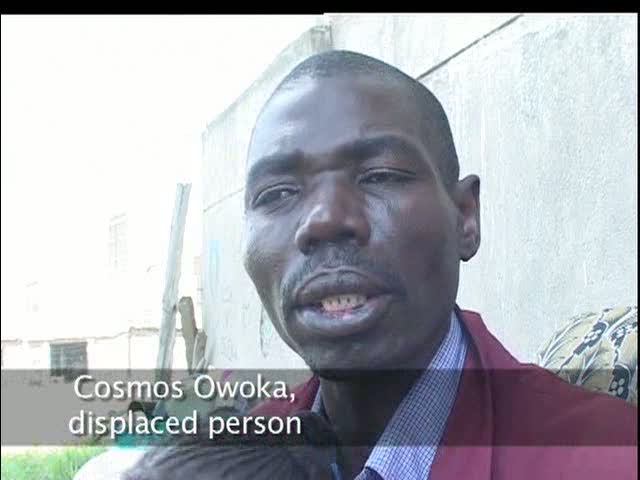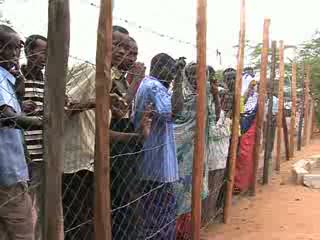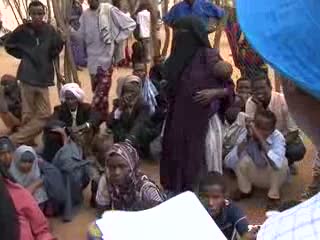Home > Where We Work > Africa > East and Horn of Africa > Kenya
2015 UNHCR country operations profile - Kenya
| Overview |
Working environment
-
Regional political and security developments, climate change, and the resulting impact on human lives and livelihoods, are projected to affect humanitarian programmes and refugee operations in Kenya.
-
For the third year in a row, Kakuma camp, in Turkana County, has been receiving record numbers of refugees from South Sudan. The Government of Kenya decided, on humanitarian grounds, to grant refugee status on a prima facie basis to South Sudanese fleeing violence in the country. By late August 2014, there were more than 42,000 new arrivals in Kakuma. Failing a lasting ceasefire and peace and reconciliation in South Sudan, the steady influx into Kenya is likely to continue into 2015.
-
By the end of August 2014, Kakuma camp was unable to accommodate new arrivals; consequently, UNHCR has been seeking to secure new land for its operations in Turkana County. Meanwhile, fresh resources and strategic partners are needed to develop, deliver and sustain quality protection and humanitarian solutions for both protracted and new populations of concern, with particular attention to the significant numbers of unaccompanied and separated children.
-
A tripartite agreement signed in November 2013 governs the voluntary repatriation of Somali refugees in Dadaab, Kenya. This, coupled with ongoing efforts to consolidate peace, security and basic service delivery, and boost livelihood opportunities, are expected to encourage sustainable returns and reintegration.
-
In 2015, the country's strong humanitarian traditions of generosity and hospitality towards asylum-seekers and refugees are expected to continue. Government and host-community support include: the preservation of and access to asylum and international protection; access to adequate land and urban asylum space for a growing population of concern; and access to effective basic services, including health care, quality education, markets and livelihood opportunities.
People of concern
Approximately two-thirds of the refugees and asylum-seekers in Kenya have fled general insecurity in their respective countries since the 1990s. It is foreseen that by the end of 2015, refugees and asylum-seekers from Somalia will represent nearly 70 per cent of people of concern to UNHCR in Kenya, followed by South Sudanese at 20 per cent, and Ethiopians at four per cent.
| UNHCR 2015 planning figures for Kenya | |||||
|---|---|---|---|---|---|
| Type of population | Origin | January 2015 | December 2015 | ||
| Total in country | Of whom assisted by UNHCR |
Total in country | Of whom assisted by UNHCR |
||
| Total | 650,610 | 630,610 | 662,850 | 642,850 | |
| Refugees | Ethiopia | 21,300 | 21,300 | 19,510 | 19,510 |
| Somalia | 462,970 | 462,970 | 444,330 | 444,330 | |
| South Sudan | 97,780 | 97,780 | 125,120 | 125,120 | |
| Various | 14,690 | 14,690 | 13,950 | 13,950 | |
| Asylum-seekers | Dem. Rep. of the Congo | 9,700 | 9,700 | 11,610 | 11,610 |
| Ethiopia | 8,840 | 8,840 | 8,400 | 8,400 | |
| South Sudan | 780 | 780 | 1,060 | 1,060 | |
| Various | 14,540 | 14,540 | 18,880 | 18,880 | |
| Stateless | Stateless | 20,000 | - | 20,000 | - |
| Response |
Needs and strategies
Based on the experience and developments of 2014, the majority of essential needs in 2015 are expected to remain in the areas of: life-saving and life-sustaining support, and the pursuit of sustainable and durable solutions. The main priorities are projected to be in: preserving access to asylum and international protection for asylum-seekers and refugees; delivering essential life-saving services in safety and security; providing basic shelter, primary health care, clean drinking water, sanitation and hygiene services; enabling access to education, acquisition of marketable skills, and work opportunities; as well as supporting voluntary repatriation, resettlement and requests for alternative residency status.
Strategies to achieve the desired outcomes include engaging and coordinating with interested stakeholders to provide technical and material support to governmental, non-governmental and community-based awareness-raising and capacity-building efforts as part of a broader and integrated solutions' framework for refugees and host communities. Community-based, protection-compliant approaches in law and order as well as child protection and sexual and gender-based violence (SGBV) prevention and response activities will also be implemented.
The Government's reception, registration, documentation, refugee status determination (RSD) and camp management capabilities will be consolidated, and UNHCR will empower community-based management of service-delivery infrastructure.
The joint global education strategy of UNHCR, UNICEF and the Government, adapted to the local context and contributing to child protection and SGBV responses and prevention, will be implemented and durable solutions and livelihood opportunities enhanced. UNHCR will continue to pursue coordinated advocacy and strategic interventions to prevent statelessness among at-risk communities and refugee-hosting communities.
To advance these goals, the Office will foster strategic partnerships with key institutions, specialist service providers and targeted communities.
| Implementation |
Coordination
UNHCR will maintain and foster strategic partnerships to ensure that asylum-seekers and refugees in Kenya receive protection. Coordinated action will aim to deliver effective and sustainable solutions to improve their conditions, through engagement with key institutions in the national and county executives, legislatures and judiciary, as well as with the private sector and concerned communities.
The Ministry of the Interior and Coordination of National Government in the Office of the President and its Department of Refugee Affairs, are UNHCR's primary government counterparts in asylum and refugee management.
Other main partners are the UN Country Team, international and national NGOs, and the Kenya Red Cross Society. In the refugee camps, WFP is the principal provider of food assistance, while regarding child protection, SGBV responses, water and sanitation, nutrition and health, as well as education, UNICEF is a key partner.
| 2015 UNHCR partners in Kenya |
|---|
| Implementing partners |
| Government agencies: Ministry of the Interior and Coordination of National Government (Department of Refugee Affairs), Ministry of Health |
| NGOs: CARE International, Danish Refugee Council, Don Bosco - Kenya, Fafi Integrated Development Association, FilmAid International, Hebrew Immigrant Aid Society (HIAS), International Rescue Committee, Islamic Relief Kenya, Jesuit Refugee Service, Kenya Magistrates and Judges Association, Kenya National Commission on Human Rights, Kenya Red Cross Society, Legal Advice Centre (Kituo Cha Sheria) - Kenya, Lutheran World Federation, National Council of Churches of Kenya, Norwegian Refugee Council, Peace Winds Japan, Refugee Consortium of Kenya, Relief Reconstruction and Development Organisation, Save the Children International, Windle Trust UK in Kenya |
| Others: UNV |
| Operational partners |
| Government agencies: Ministry of Education, Ministry of Health, Ministry of the Interior and Coordination of National Government, Ministry of Foreign Affairs and International Trade |
| NGOs: Action Against Hunger, Catholic Relief Services, Centre for Torture Victims - Kenya, Cooperazione e Sviluppo, GOAL, Handicap International, International Life Line Fund, International Service Volunteers Association, InterNews Star FM, Médecins Sans Frontières - Suisse, Terre des Hommes, Women and Health Alliance, World Vision International |
| Others: Deutsche Gesellschaft für Internationale Zusammenarbeit (German Agency for International Cooperation - GIZ), IOM, OCHA, UNAIDS, UNDP, UNDSS, UNFPA, UNICEF, WFP and WHO |
| Financial information |
To respond effectively to the assessed needs in Kenya, UNHCR's budgets have risen in recent years, from USD 185.7 million in 2010 to a revised 2014 budget of USD 256.9 million. This recent growth is driven primarily by mass influxes of refugees, the latest originating from South Sudan.
Further to a comprehensive review of the overall needs and requirements and operational efforts to streamline service delivery, UNHCR Kenya's 2015 financial requirements are foreseen to drop by 4.7 per cent, from the current USD 256.9 million to USD 244.9 million.
Source: UNHCR Global Appeal 2015 Update
UNHCR contact information
| The UNHCR Representation in Kenya | |||||||||||||||
|---|---|---|---|---|---|---|---|---|---|---|---|---|---|---|---|
| Style of Address | The UNHCR Country Representative in Kenya | ||||||||||||||
| Street Address | P.O. BOX 43801 - 00100, LYNWOOD COURT, OFF WAIYAKI WAY, WESTLAND, NAIROBI, KENYA, Nairobi, Kenya | ||||||||||||||
| Mailing Address | P.O. Box 43801-00100 GPO, Nairobi, Kenya | ||||||||||||||
| Telephone | 41 22 739 7280 | ||||||||||||||
| Facsimile | 41 22 739 7281 | ||||||||||||||
| kenna@unhcr.org | |||||||||||||||
| Time Zone | GMT + 6 | ||||||||||||||
| Working Hours |
|
||||||||||||||
| Public Holidays | 01 January 2015, New year's day 03 April 2015, Good Friday 06 April 2015, Easter Monday 01 May 2015, Labour day 01 June 2015, Madaraka Day 17 July 2015, Eid Al Fitr 23 September 2015, Eid Al Adha 20 October 2015, Mashujaa Day 11 December 2015, Jamhuri Day 25 December 2015, Xmas Day |
||||||||||||||
| UNHCR Sub Office Dadaab | |||||||||||||||
|---|---|---|---|---|---|---|---|---|---|---|---|---|---|---|---|
| Style of Address | Head of UNHCR Sub Office Dadaab | ||||||||||||||
| Street Address | Head of UNHCR Sub Office Dadaab, Dadaab Humanitarian Compound (on southern side of Dada, (on southern side of Dadaab town on road from Garissa), Dadaab, Kenya | ||||||||||||||
| Mailing Address | UNHCR Sub Office Dadaab,, c/o UNHCR Branch Office for Kenya, 35 Rhapta Road, Westlands,, P.O. Box 43801, 00100 Nairobi, Kenya | ||||||||||||||
| Telephone | 41 22 739 7562 | ||||||||||||||
| Facsimile | 41 22 739 7563 | ||||||||||||||
| Time Zone | GMT + 3 | ||||||||||||||
| Working Hours |
|
||||||||||||||
| Public Holidays | 01 January 2015, New year's day 03 April 2015, Good Friday 06 April 2015, Easter Monday 01 May 2015, Labour day 01 June 2015, Madaraka Day 17 July 2015, Eid Al Fitr 23 September 2015, Eid Al Adha 20 October 2015, Mashujaa Day 11 December 2015, Jamhuri Day 25 December 2015, Xmas Day |
||||||||||||||

